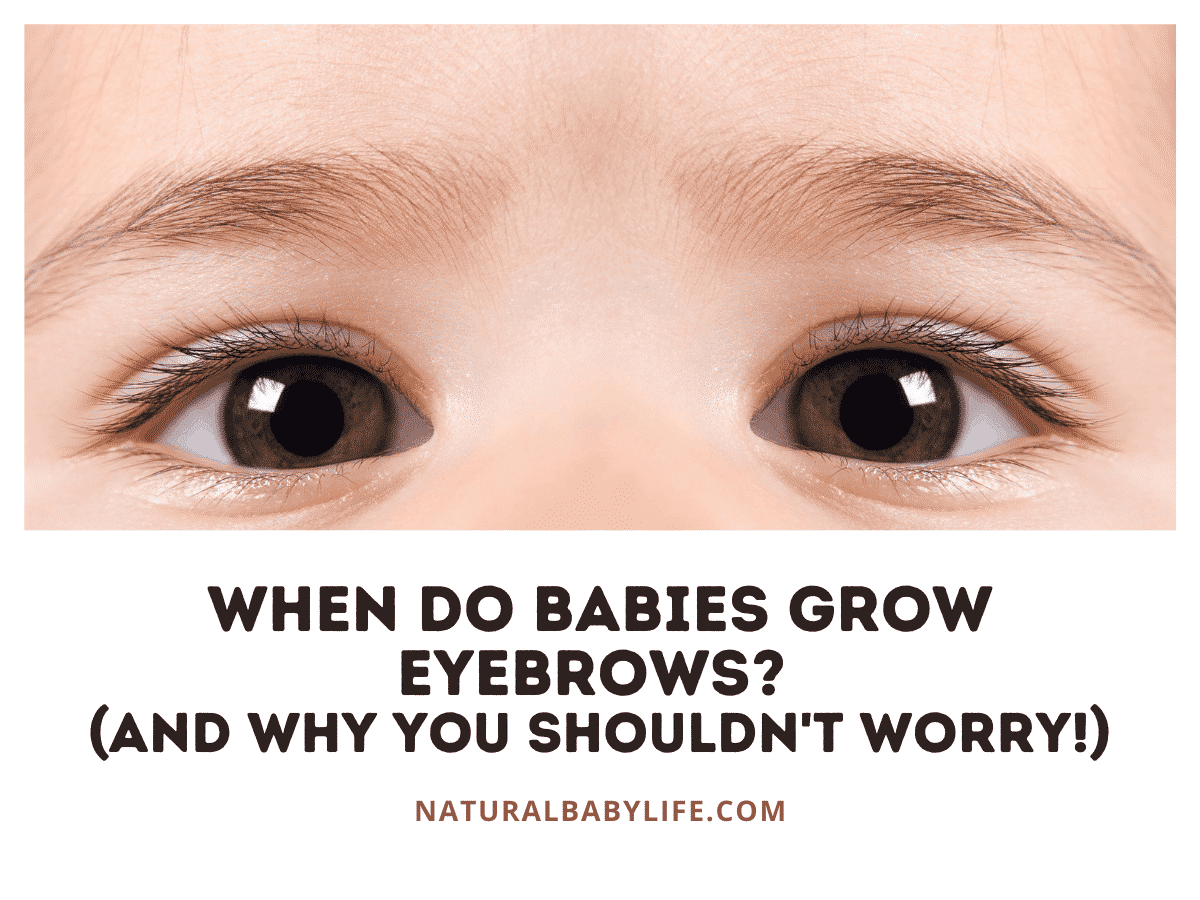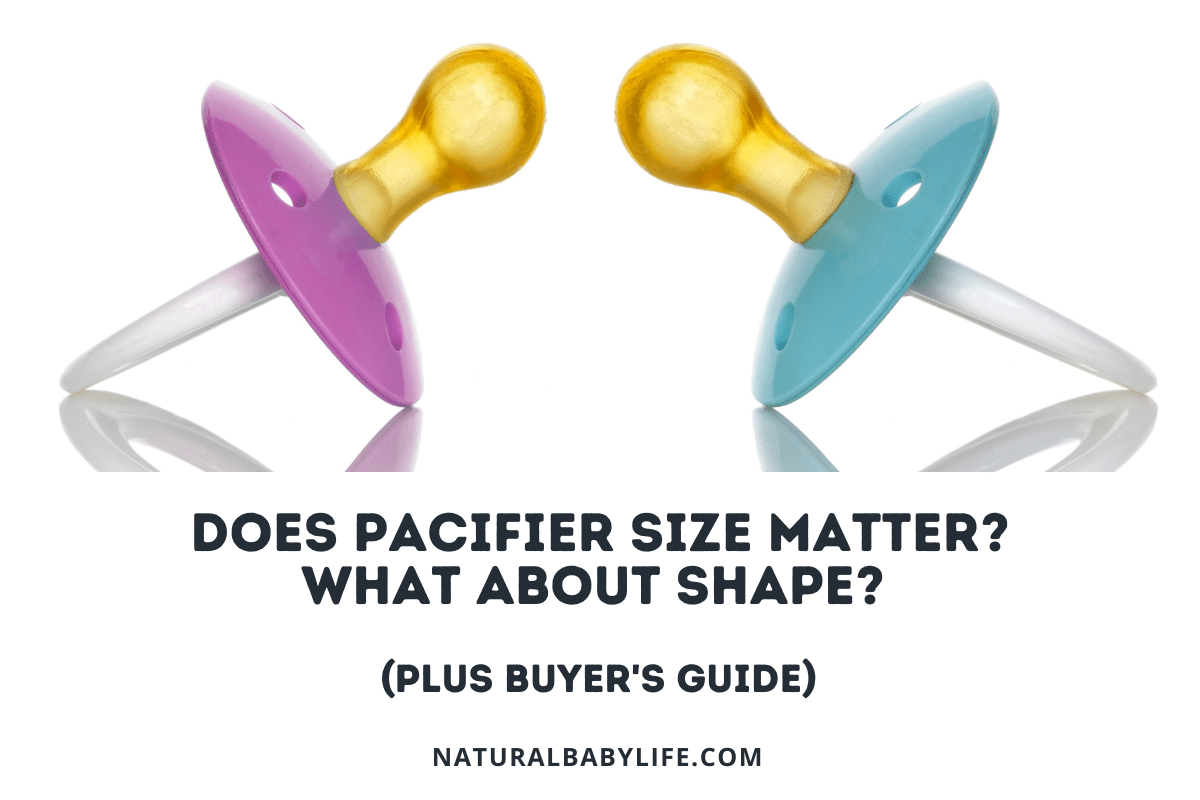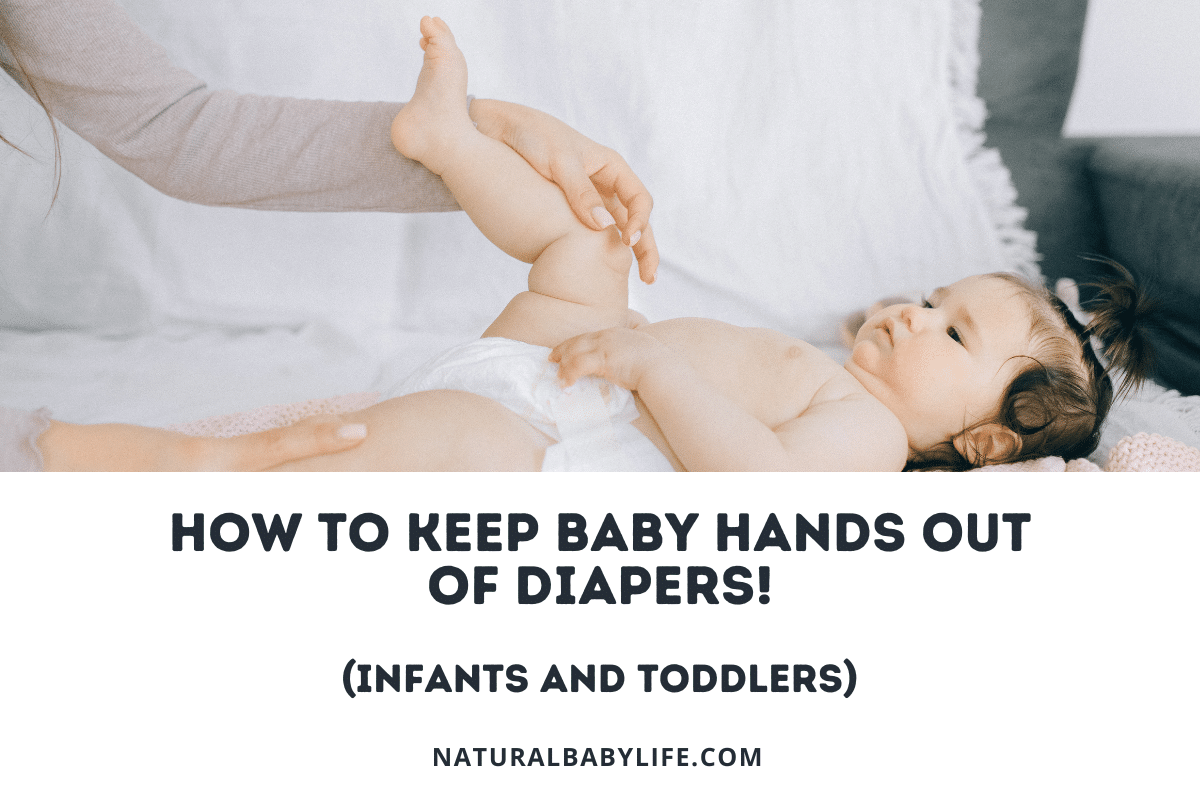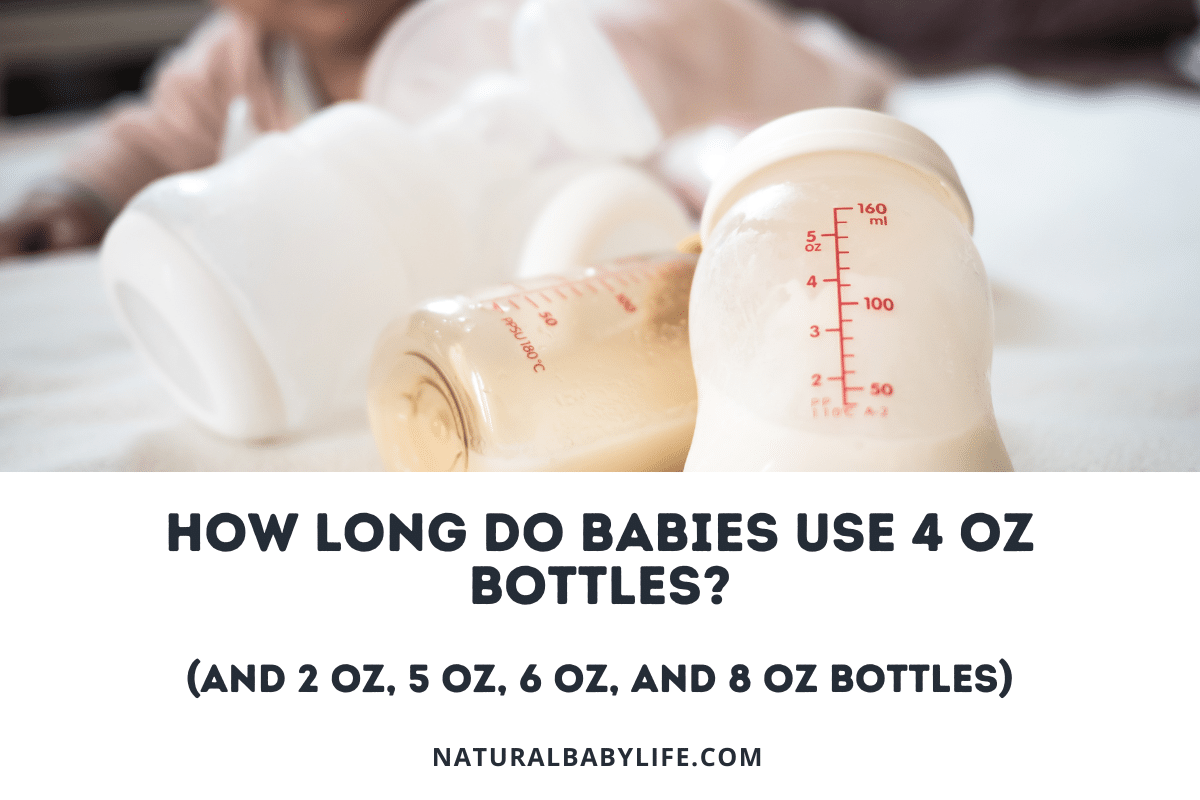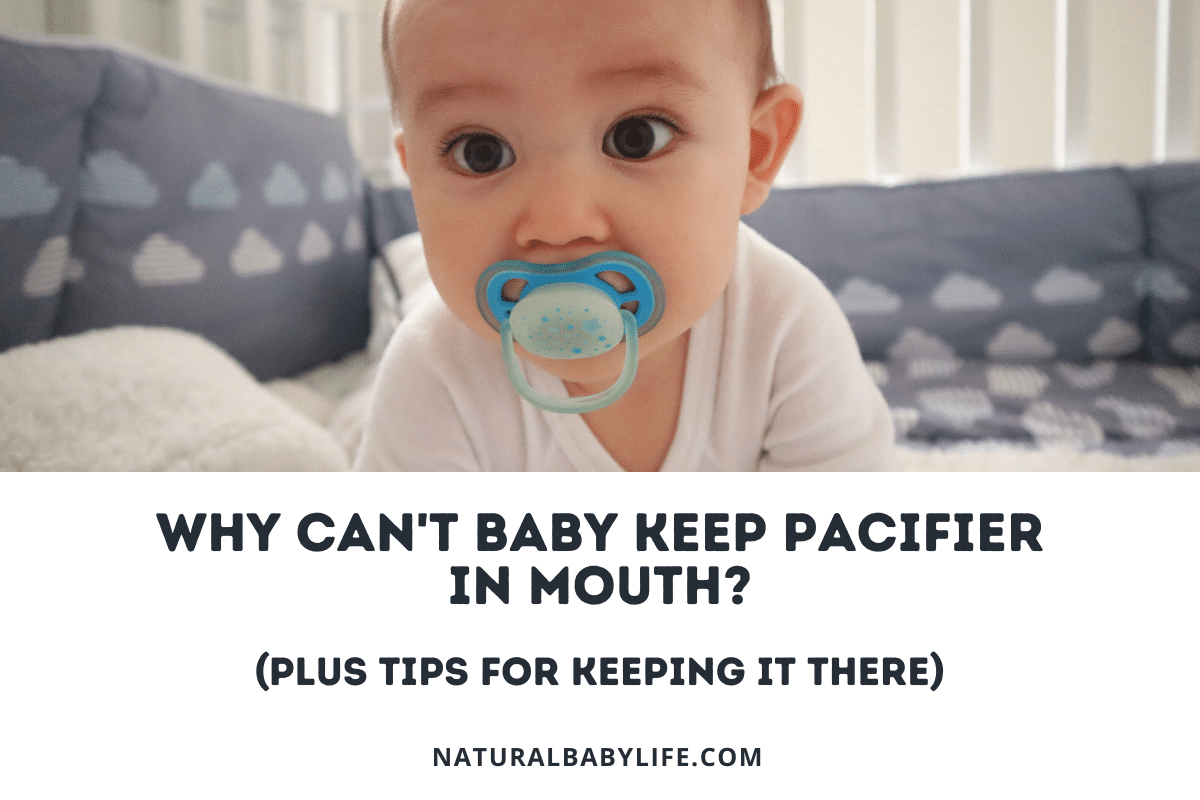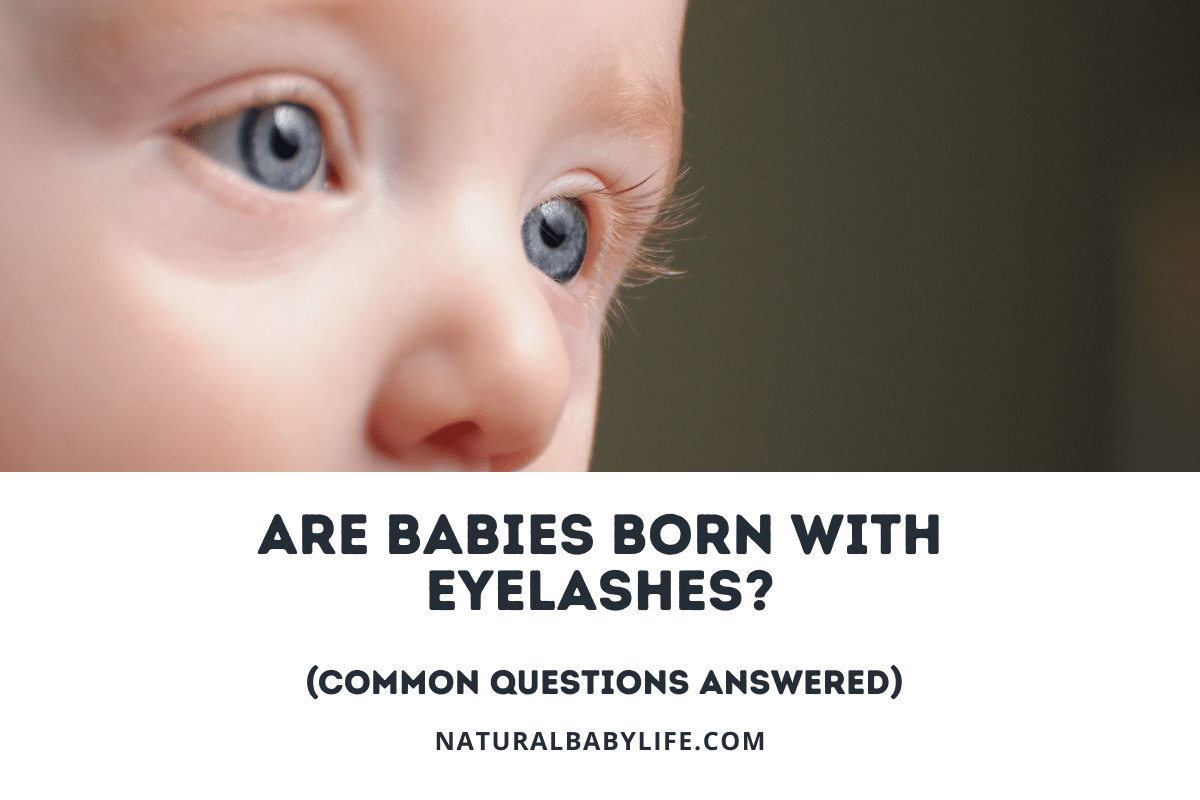If you’re pregnant, you probably love checking on the progress of your growing baby. Each new week seems to bring with it a new developmental milestone that gets you closer to meeting the perfect little addition to your life. But if you’re counting down the days until your baby grows some eyebrows, how long do you have to wait?
A baby develops eyebrow hair around the 22nd week of pregnancy. Every baby born after around 22 weeks (including premature babies) will have some eyebrow hair but it might be incredibly thin and light at birth, depending on genetic factors. By around 2-3 months, most baby eyebrow hair will start to lengthen, thicken, and darken, becoming visible.
When do babies grow eyebrows? The hair follicles for your baby’s eyebrows develop right around week 22 of pregnancy but it may or may not be visible at birth depending on hair color and other genetic factors. By 2-3 months old, most babies will have more visible eyebrows as the hair starts to thicken and change color.
Your child’s hair goes through several different phases as they grow and develop. Keep reading to learn about these different stages, and what you can expect during each transition in your little one’s hair growth.
Table of Contents
When do babies grow eyebrows?
Each baby is different, so it follows that each baby’s eyebrows will be different as well. Despite individual differences, babies do go through a similar pattern of growth and development when it comes to their hair.
The follicles of your baby’s eyebrows first begin to develop around week 22 of pregnancy. In fact, all of your baby’s hair follicles are formed in the womb; none of their follicles form after birth! In-utero, all baby hair starts out pigment-free, regardless of the ethnicity of the baby.
As the pregnancy progress, some full-term babies can develop pigment in their hair, especially if it’s particularly dark. If your baby is born with a full head of hair, it’s likely to still be very thin and silky. Because of the texture of this ‘starter’ hair, the hair of your baby’s eyebrows can be very difficult to see. So, even though your newborn technically has eyebrows, they might not be very visible.
Your baby’s ‘starter’ hair will last until they’re about 8 to 12 weeks old. Around this time, an intermediate phase of hair growth begins. The lighter newborn hair begins to shed as the new layer of hair comes in. The same change occurs with your baby’s eyebrows, which ought to lead to a thicker layer of hair that’s easier to see. Most babies have visible eyebrows and eyelashes around the 2-3-month mark because of this change in hair texture and color.
If your baby was born with a thick head of dark hair, you might have seen eyebrows from the moment they were born. If your baby was a cute little baldie, then eyebrows might not be visible until your little one is a couple of months old. Eyebrow visibility depends on the genetics of your baby, but all babies do technically have eyebrow hair if they’re born after 22 weeks of pregnancy.
Are babies born with eyebrows?
Babies develop eyebrows at week 22 of pregnancy. Any baby born after this point, even a preemie, technically has eyebrow hair.
Because newborn hair is extremely thin and often light-colored, it might look like your brand-new baby doesn’t have any eyebrows even though the hair is present.
That’s okay! As your baby grows, their hair will go through stages where it thickens and darkens. Rest assured that your little one has eyebrows when they are born, and the older they get, the more pronounced their eyebrows will become.
Why are my baby’s eyebrows so light?
Your baby’s eyebrow color, thickness, and length at birth will depend on several factors:
- When the baby was born (premature, on time, or late)
- The ethnic background of the baby
- Other genetic factors from the parents such as hair color and thickness
Overall, you shouldn’t worry too much about eyebrow hair on your baby – it will grow and develop naturally over time!
What if your baby has NO eyebrows or eyelashes?
It is exceedingly rare for a baby to be born without eyebrow or eyelash hair at all.
The most likely scenario is that your baby’s hair is so short and incredibly fine that you just can’t see it!
If you think your baby has no hair at birth, examine her closely to see if you’ve just missed it. Chances are, you’ll start seeing eyebrows and eyelashes by the time your baby is 3 months old!
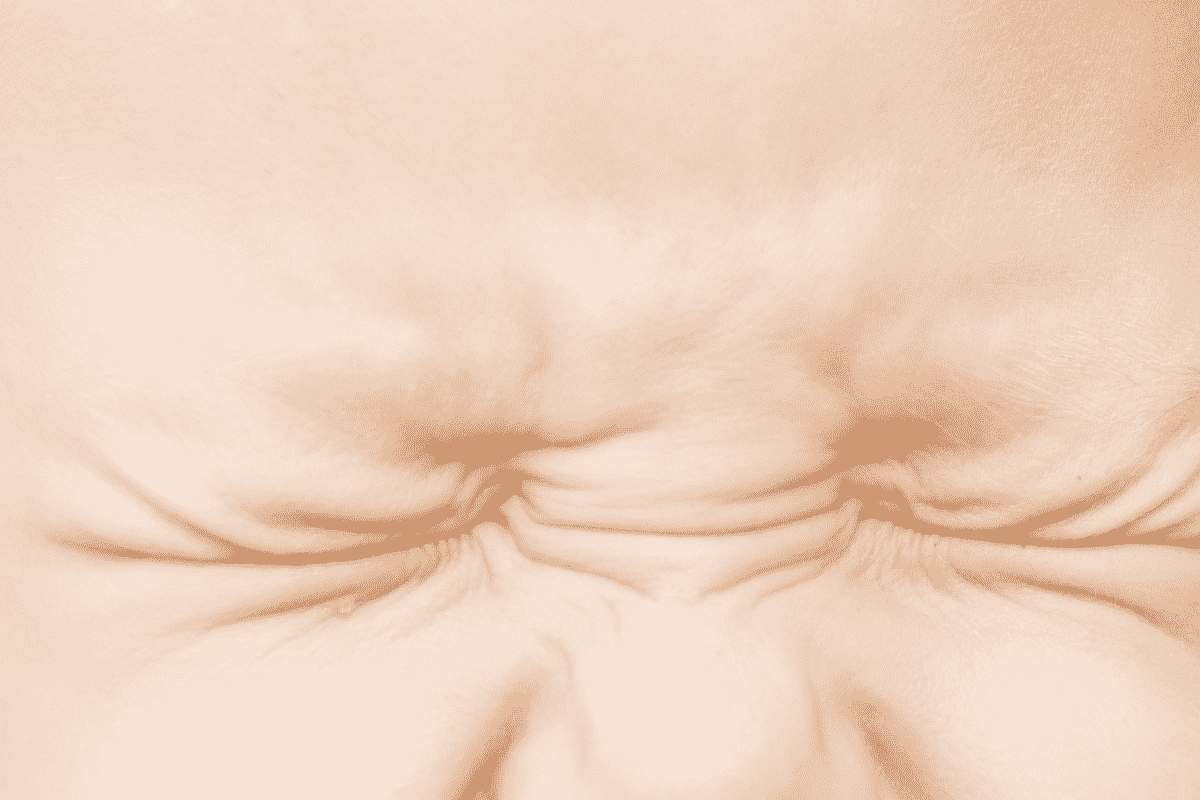
What if your newborn’s eyebrows fall out?
It’s not totally uncommon for newborn baby eyebrows to fall out due to a common newborn condition called cradle crap.
Cradle cap is a skin disorder (seborrheic dermatitis) that causes an itchy rash to appear. As the name implies, it usually occurs on baby’s scalp where there are extra glands producing oil.
However, cradle cap can spread to other areas of a baby’s body, including their eyebrows, which can cause temporary hair loss as a result of the rash.
Fortunately, cradle cap can be easily treated at home – check out my resource all about treating and preventing cradle cap!
How to grow eyebrows in newborns
If your baby has very light hair, it might take some time for their eyebrows to start to show.
If you’re anxious to help your little one’s eyebrows thicken and darken, there are some home remedies you can try. Keep in mind that there isn’t any scientific proof that these treatments work, but they should be safe to test out. If you notice any skin irritation or discomfort in your baby, stop using the treatment immediately and consult with your doctor.
- Coconut oil – Massage your baby’s eyebrow in the direction of hair growth with coconut oil. Coconut oil is safe on your little one’s delicate skin and is purported to help improve hair growth. It can also help strengthen and improve a baby’s skin. Look for virgin, food-grade coconut oil for the safest option.
- Aloe vera – Pulp of aloe vera can be applied to the eyebrow area and left on for half an hour before washing off. The pulp can help enhance hair growth and is also good for restoring and repairing your baby’s skin. Fresh aloe vera pulp is the best to use. Be sure to avoid commercial mixes that might contain ingredients that can be harmful to your little one.
- Wait it out – As long as your baby is eating well and staying healthy, their eyebrows will darken and thicken over time. A good diet goes a long way toward maintaining the health of your baby, so the best thing you can do to help your little one’s eyebrows is to focus on keeping them healthy and fed.
Do baby eyebrows change color?
As your baby gets older, their light eyebrows are guaranteed to thicken and become more visible. But sometimes, even the color of your baby’s eyebrows can change.
Your child’s hair will likely go through several different color shades as they get older. Some babies are born with light hair, which darkens as they age. Some babies’ hair goes from brown to red, to blonde, all in the course of their first year of life.
In fact, hair shade changes often during a lifetime, as those grey hairs like to remind you.
Eyebrows are just as likely to change color as the rest of your baby’s hair, so don’t be too surprised if your little one’s eyebrows switch color in the first few months following birth. If you’re wondering what the final color of your baby’s eyebrows will be, the general shade should be stabilized by their second birthday.
Why are my baby’s eyebrows red?
If the skin around your baby’s eyebrows is looking flushed or red, it might be a cue that your little one is getting tired.
When babies get tired, the area around their eyes can redden, and that includes their eyebrows. Because some babies don’t show obvious sleepy signs, paying careful attention to any redness around your baby’s eyes might help you get your child down to sleep a bit easier.
Red eyebrows are most common in newborns but can be a sign of sleepiness in older babies as well.
If your baby’s hair has actually turned red, regardless of their current mood, this is also fairly common!
In fact, red hair is more common on facial areas such as eyebrows and beards and is linked to a harmless mutation in the MC1R gene. Even if your baby’s head hair is dark, she could still have red hair elsewhere!
Can I draw eyebrows on my baby?
A new trend on social media has parents drawing fake eyebrows on their babies. The resulting pictures range from hilarious to kind of creepy, but are definitely worth checking out!
If you want to catapult your baby into social media fame, remember to keep safety in mind before updating your little one’s look. Stick to eyeliner or another washable makeup that’s FDA-approved. Products marketed for sensitive skin are a good choice, as they’ll help protect your baby’s delicate skin. Sharpies and other permanent markers should never be used on your baby’s face (after all, they’re labelled as ‘permanent’ for a reason!).
And if you choose to add a stick-on mustache, unibrow, or another accessory, make sure it stays out of your baby’s mouth.

